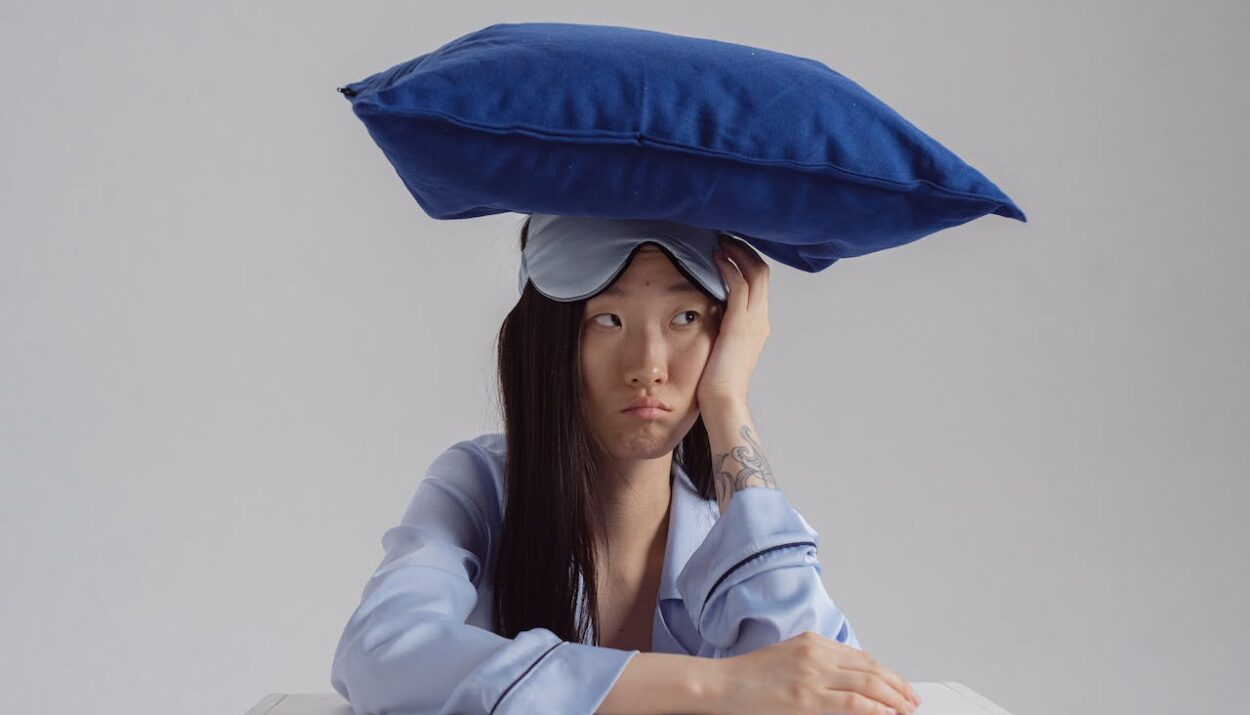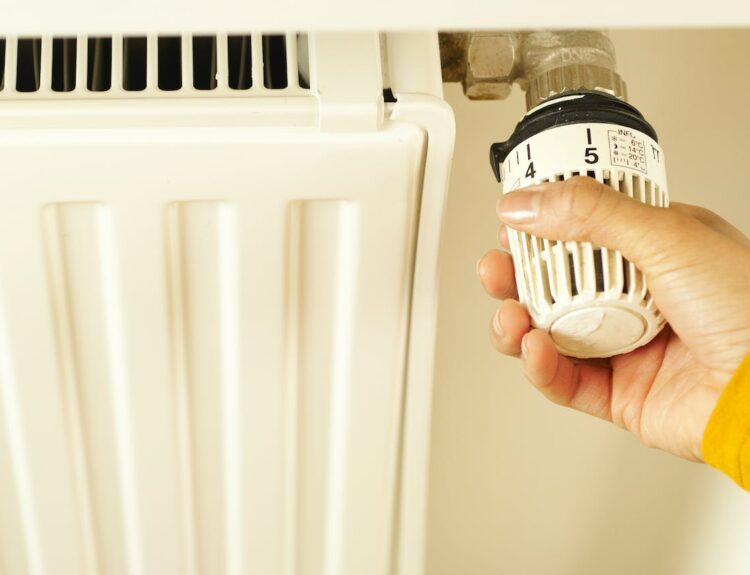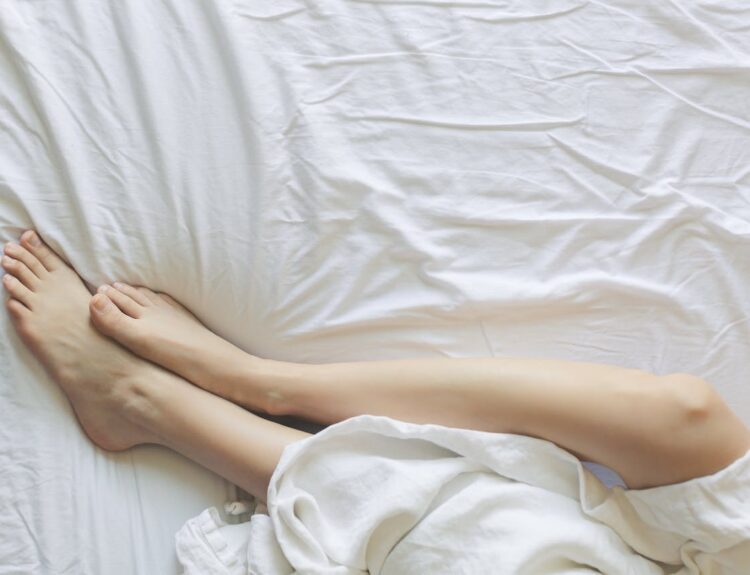Discover the intricate world of the most common sleep disorders in adults. This article explores the underlying causes, prevalent symptoms, and effective treatment options for these disorders. From insomnia and sleep apnea to parasomnias, we shed light on these disorders, helping you to recognize the signs and seek appropriate help.
Empower yourself to recognize signs of the most common sleep disorders in adults. Understand their causes, symptoms, and effective treatments.
In this article:
- Why sleep disorders occur in adults
- Most common sleep disorders in adults
- Most common sleep disorders in adults: Treatment options
WHY SLEEP DISORDERS OCCUR IN ADULTS
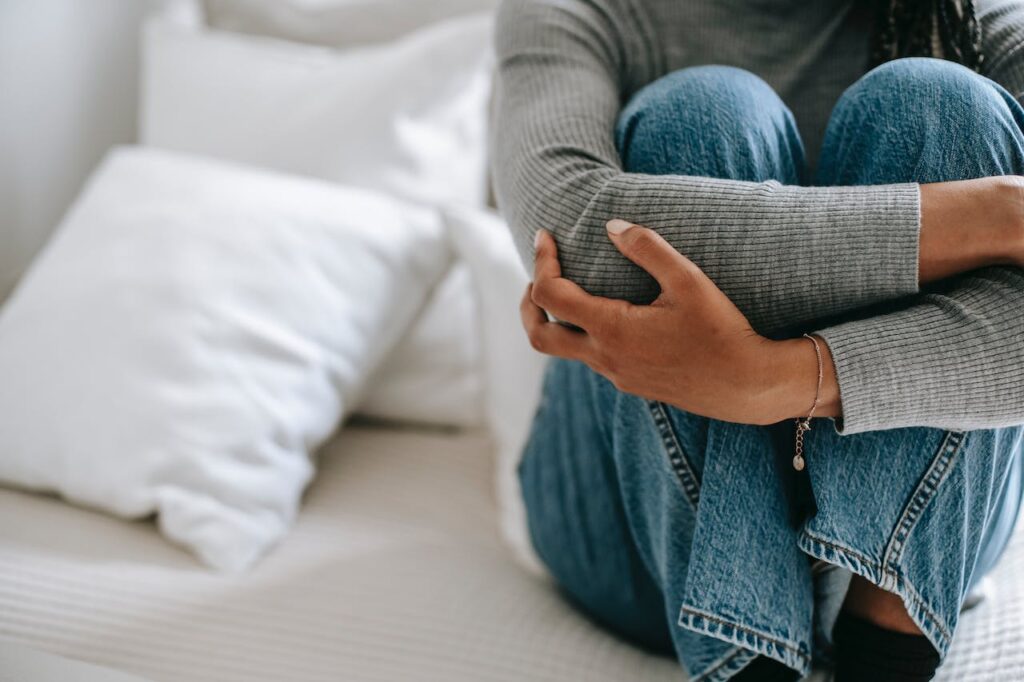
Many factors contribute to disrupted sleep patterns and overall sleep disturbances in adults. One of the primary culprits is stress and anxiety, prevalent in today’s fast-paced world. The pressure from work, financial concerns, and personal relationships can create a mental strain that interferes with the ability to fall asleep.
Lifestyle choices also play a significant role. Irregular sleep schedules, excessive use of electronic devices before bedtime, and the consumption of stimulants like caffeine and nicotine can disrupt the body’s natural sleep-wake cycle, making it difficult to achieve restful sleep.
Medical conditions like obesity, diabetes, and cardiovascular diseases can trigger sleep disorders like sleep apnea. Sleep apnea occurs when the airways become partially or completely blocked during sleep. It leads to pauses in breathing and frequent awakenings throughout the night.
Additionally, hormonal changes, particularly in women during menopause, can lead to insomnia and other sleep disturbances. Fluctuations in estrogen and progesterone levels may affect the quality and duration of sleep.
Age-related changes also impact sleep. As adults age, they may experience changes in sleep patterns, often finding it more challenging to stay asleep and achieve deep, restorative sleep.
Lastly, mental health disorders, such as depression and post-traumatic stress disorder (PTSD), can profoundly affect sleep. These conditions often lead to chronic insomnia, making it challenging for affected individuals to experience uninterrupted sleep.
By identifying the underlying causes, you can work towards implementing lifestyle changes, seeking medical advice, and practicing proper sleep hygiene to improve the quality of your sleep and overall well-being.
MOST COMMON SLEEP DISORDERS IN ADULTS
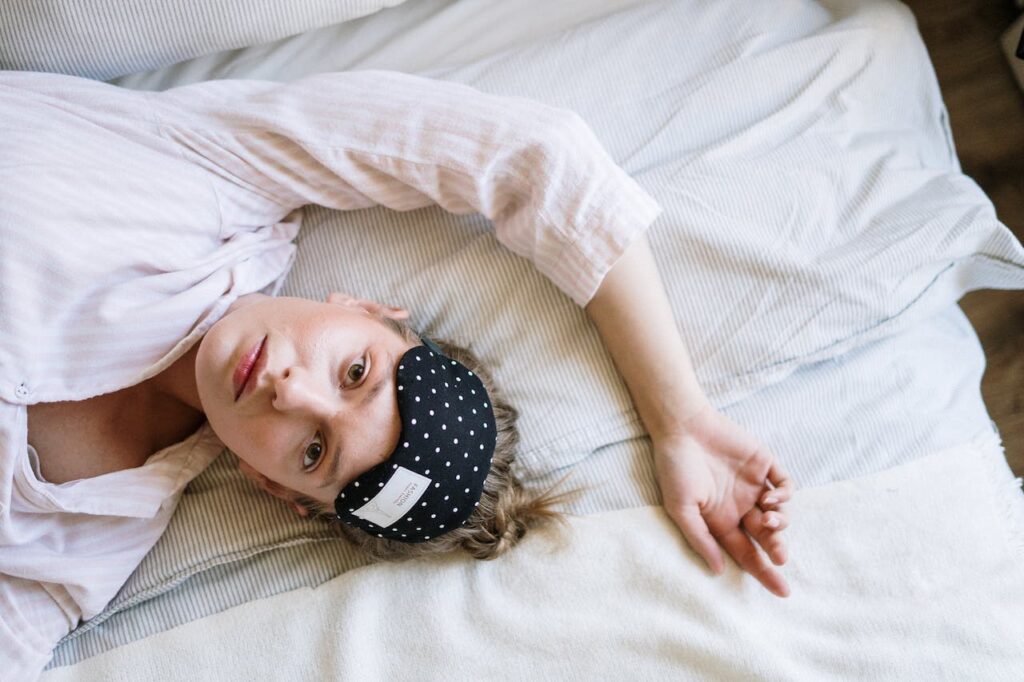
Most common sleep disorders in adults can be broadly categorized into three groups, each presenting unique challenges: individuals struggling to initiate sleep, those experiencing behavior and movement disturbances during sleep, and those plagued by excessive daytime sleepiness.
Let’s consider them in more detail.
Insomnia
Insomnia is prevalent among adults, leading to disruptive sleep patterns and daytime impairment for many individuals.
- Causes: Various factors, including stress, anxiety, depression, or medical conditions, can trigger insomnia. Significant contributions stem from irregular sleep routines, excessive caffeine or nicotine intake, and disruptive lifestyle habits.
- Symptoms: Individuals with insomnia may encounter daytime fatigue, irritability, and difficulties concentrating, impacting their quality of life and overall productivity. Persistent insomnia often results in various health complications.
- Recognition: Diagnosis of insomnia primarily relies on a detailed history provided by the patient. Healthcare professionals inquire about sleep patterns, duration, and associated symptoms. Sleep diaries and questionnaires are valuable tools in this process. Polysomnography, though not always necessary, can sometimes be employed to rule out other sleep disorders. Recognizing insomnia’s specific patterns and triggers is vital for tailoring effective treatment strategies, often involving cognitive-behavioral therapy and, in some cases, medication.
Sleep apnea
Sleep apnea, a common and potentially severe sleep disorder, demands understanding its causes, recognizing symptoms, and accurate diagnosis for effective management.
- Causes: Sleep apnea occurs when the upper airway repeatedly collapses during sleep, causing breathing interruptions. Several factors contribute, including obesity, excess throat tissue, alcohol consumption, and anatomical characteristics.
- Symptoms: Sleep apnea patients often experience loud snoring, abrupt awakenings accompanied by choking or gasping for air, and excessive daytime sleepiness. They may also suffer from morning headaches, irritability, and difficulty concentrating due to disrupted sleep. Recognizing these symptoms is vital, as untreated sleep apnea can lead to severe health issues, including hypertension and heart problems.
- Recognition: Diagnosing sleep apnea involves specialized tests, including overnight polysomnography conducted in a sleep clinic. Home sleep apnea tests are also available in some cases. These tests monitor breathing patterns, oxygen levels, and other vital signs during sleep, providing crucial data for accurate diagnosis.
Restless legs syndrome (RLS)
Restless legs syndrome triggers an irresistible urge to move the legs, usually due to discomfort or abnormal sensations. Understanding its causes, recognizing symptoms, and accurate diagnosis are essential for managing this condition effectively.
- Causes: Genetic factors and certain conditions, such as iron deficiency, kidney failure, and even pregnancy, can exacerbate or trigger RLS symptoms. Medications like antipsychotics and antidepressants may also contribute to its onset.
- Symptoms: Individuals with RLS often describe sensations such as tingling, crawling, or aching in their legs, especially during rest or inactivity. These uncomfortable sensations lead to an overwhelming urge to move the legs, providing temporary relief. RLS symptoms typically worsen in the evening or at night, disrupting sleep patterns and causing significant discomfort.
- Recognition: There are no specific tests to confirm RLS, so healthcare professionals rely on the patient’s history and the presence of characteristic symptoms. Doctors may conduct sleep studies and blood tests to eliminate other conditions with similar symptoms. Accurate recognition of RLS is essential for devising appropriate treatment plans, including lifestyle changes, medications, or addressing underlying medical needs contributing to the disorder.
Narcolepsy
Narcolepsy, a chronic neurological disorder disrupting sleep-wake cycles, results in sudden, uncontrollable sleep episodes.
- Causes: While the exact cause remains unclear, researchers believe genetic and environmental factors influence narcolepsy, impacting sleep-wake cycle regulation. Additionally, a deficiency in hypocretin, a neurotransmitter regulating wakefulness, is associated with narcolepsy. Certain factors, such as infections, head injuries, or autoimmune disorders, might trigger narcolepsy symptoms in susceptible individuals.
- Symptoms: Narcolepsy presents as excessive daytime sleepiness, sudden loss of muscle tone (cataplexy), sleep paralysis, and vivid hallucinations during sleep transitions. Fragmented nighttime sleep leads to constant fatigue, impairing concentration, memory, and emotional stability.
- Recognition: Diagnosing narcolepsy involves evaluating the patient’s medical history and symptoms. Sleep studies, like polysomnography and multiple sleep latency tests, confirm the diagnosis. Observing cataplexy attacks, unique to narcolepsy, is a crucial diagnostic indicator.
Periodic limb movement disorder (PLMD)
Periodic limb movement disorder occurs when individuals experience repetitive limb movements during sleep, potentially disrupting the sleep cycle.
- Causes: Researchers do not fully understand PLMD’s exact origins, but they often link it to underlying conditions like restless legs syndrome, narcolepsy, or sleep apnea. Certain medications, substance abuse, or neurological disorders may also influence PLMD.
- Symptoms: During sleep, individuals with PLMD undergo involuntary and repetitive movements, typically involving the legs. These rhythmic movements occur every 20-40 seconds, leading to partial awakenings and disturbances in the sleep pattern. Although the affected person may not be fully aware of these movements, bed partners often report witnessing jerking or kicking motions. Consequently, PLMD can cause daytime sleepiness, fatigue, and impaired cognitive function.
- Recognition: Diagnosing PLMD involves comprehensively evaluating the patient’s medical history and sleep patterns. Sleep studies, such as polysomnography, are often performed to monitor limb movements, sleep architecture, and other vital signs during the night. Observing these repetitive limb movements is crucial for an accurate diagnosis. Once diagnosed, healthcare providers can implement appropriate treatment plans, including lifestyle changes and, in some cases, medication, to alleviate PLMD symptoms and enhance overall sleep quality.
Parasomnias (e.g., sleepwalking, night terrors)
Parasomnias are among the most common sleep disorders in adults. They involve specific abnormal behaviors, emotions, and movements during sleep.
- Causes: Parasomnias can stem from various factors, including genetic predisposition, sleep deprivation, stress, certain medications, or underlying medical conditions. Sleepwalking and night terrors often occur during non-REM (rapid eye movement) sleep stages when the brain transitions between sleep cycles. Identifying specific triggers or predisposing factors is crucial in managing parasomnia episodes.
- Symptoms: Sleepwalking involves walking or performing complex activities during sleep, usually in partial arousal. Individuals experiencing night terrors may suddenly sit upright, scream, or appear terrified, often unable to recall the episode upon waking. Both conditions can cause confusion, fear, and distress, impacting sleep quality and daytime functioning.
- Recognition: Diagnosing parasomnias involves evaluating the patient’s sleep history and conducting sleep studies, such as polysomnography, to monitor brain activity, movements, and other physiological parameters during sleep. Observing the behaviors and specific sleep patterns associated with sleepwalking or night terrors is crucial for accurate diagnosis. Once identified, tailored treatment approaches, including behavioral interventions and, in some cases, medications, can help manage parasomnia episodes and improve sleep-related outcomes.
MOST COMMON SLEEP DISORDERS IN ADULTS: TREATMENT OPTIONS
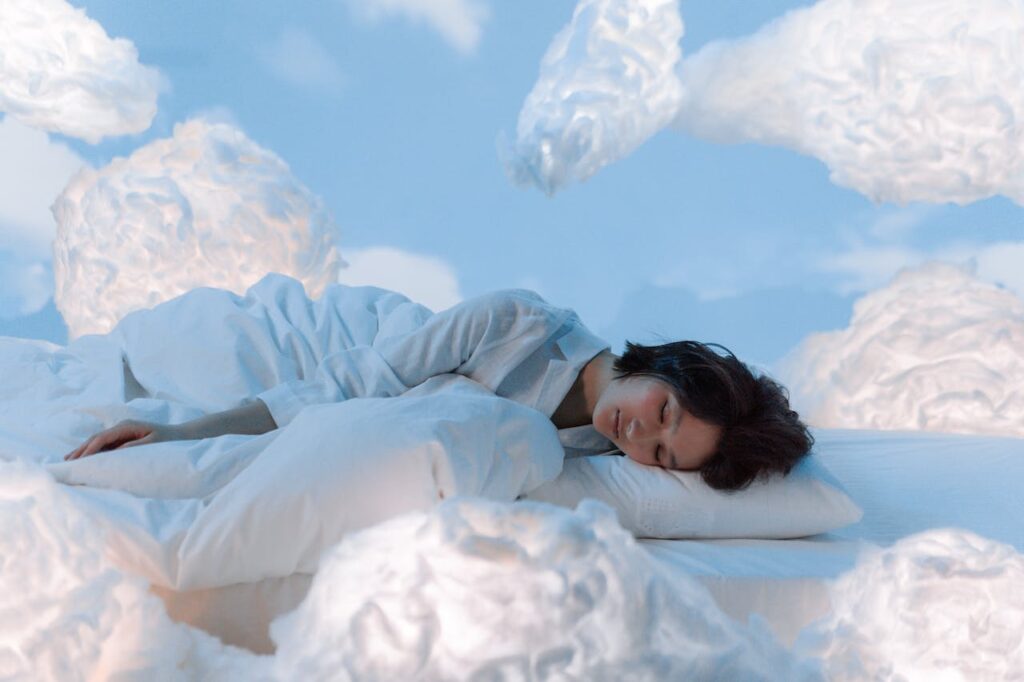
Effective treatment for most common sleep disorders in adults is essential for improving sleep quality, overall well-being, and daily functioning. Tailored approaches are necessary as sleep disorders vary widely in their causes and symptoms.
Cognitive-behavioral therapy for insomnia is considered the gold standard treatment. It focuses on improving sleep habits, changing negative thoughts about sleep, and establishing a consistent sleep schedule. Relaxation techniques and sleep restriction therapy are often components of CBT-I.
Continuous positive airway pressure therapy is a commonly prescribed treatment for sleep apnea. This therapy entails wearing a mask connected to a machine that delivers a steady airflow, preventing airway collapse during sleep. Lifestyle changes, like weight loss and avoiding alcohol and sedatives, can also help alleviate symptoms.
For restless legs syndrome (RLS) and periodic limb movement disorder (PLMD), treatment may include addressing underlying conditions, iron supplements (in case of iron deficiency), and sleep medications to manage symptoms.
Stimulant medications are commonly prescribed to improve wakefulness in individuals with narcolepsy. Sodium oxybate, an FDA-approved drug, helps manage cataplexy and improve nighttime sleep.
Treating parasomnias involves creating a safe sleep environment to prevent injury during episodes. In more severe cases, healthcare providers may prescribe medications.
If you identify with any of the most common sleep disorders in adults mentioned above, you should seek guidance from healthcare professionals. They can help devise a personalized treatment plan tailored to your conditions and requirements.
_____
Understanding the underlying causes and available treatments for most common sleep disorders in adults is a huge step toward your sleep health. Don’t hesitate to seek help if you suspect any sleep-related issues. Pave the way for better sleep, improved health, and a more energized tomorrow.

